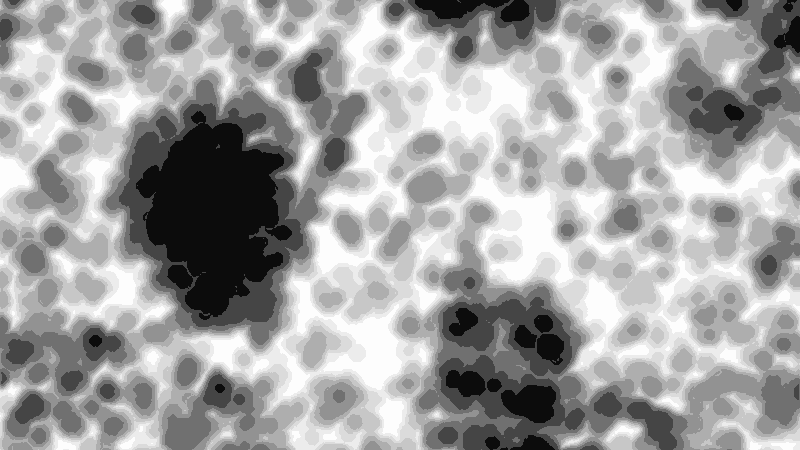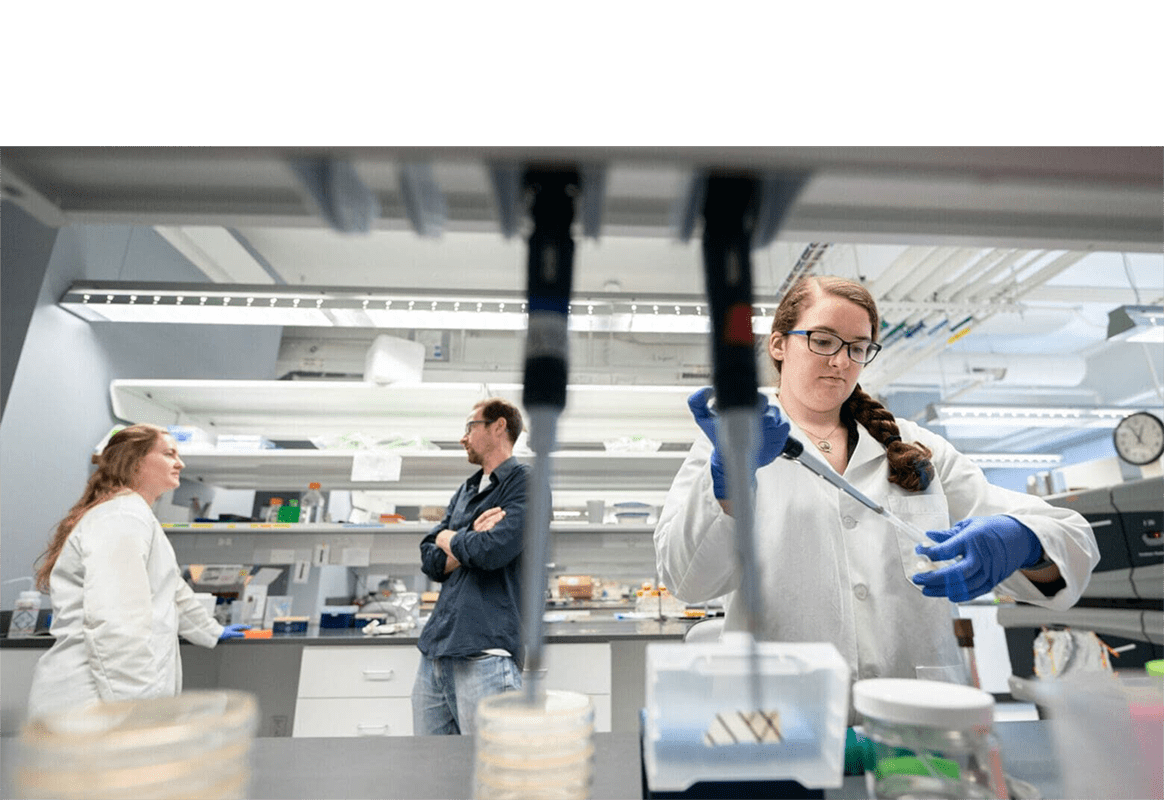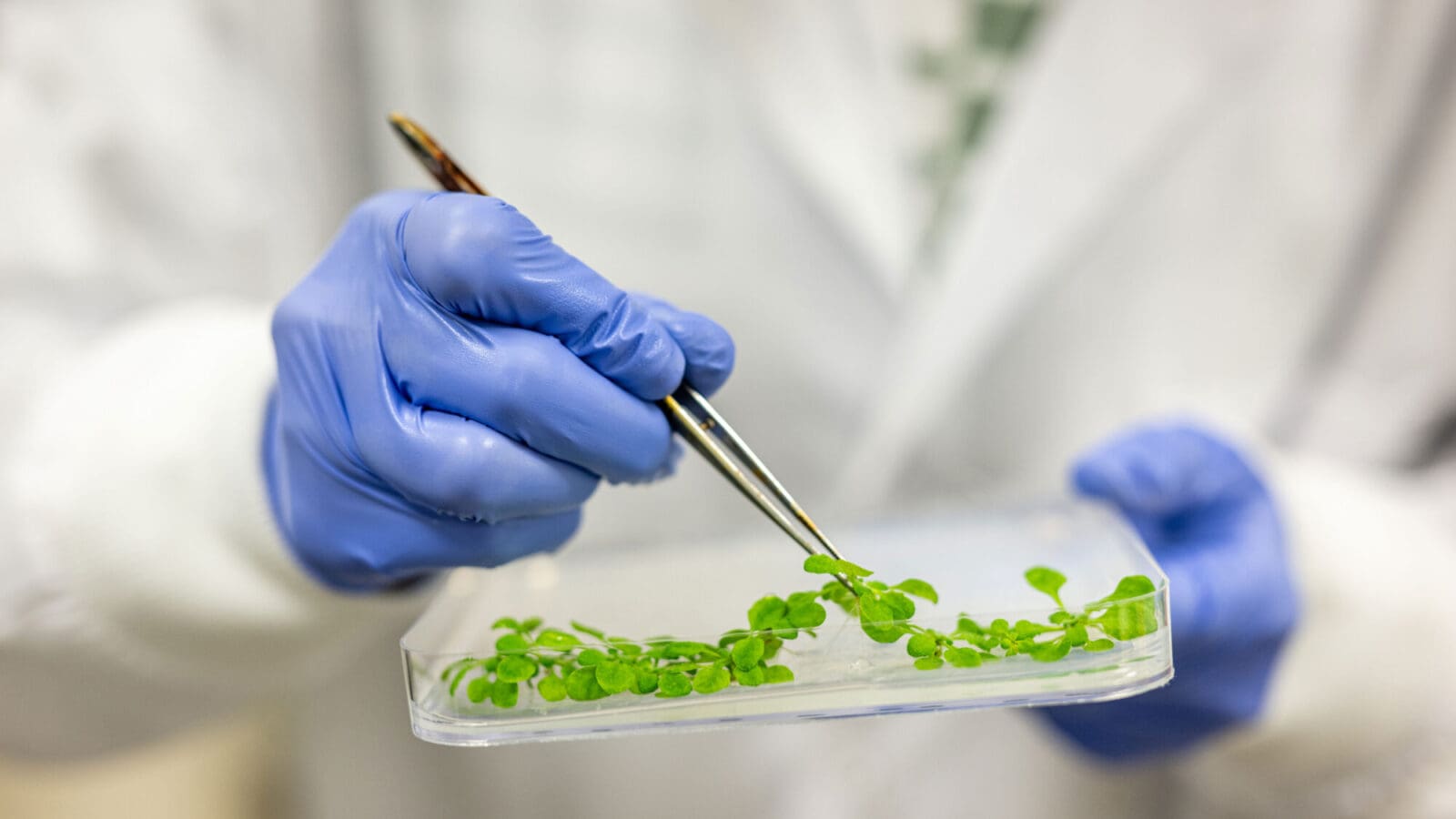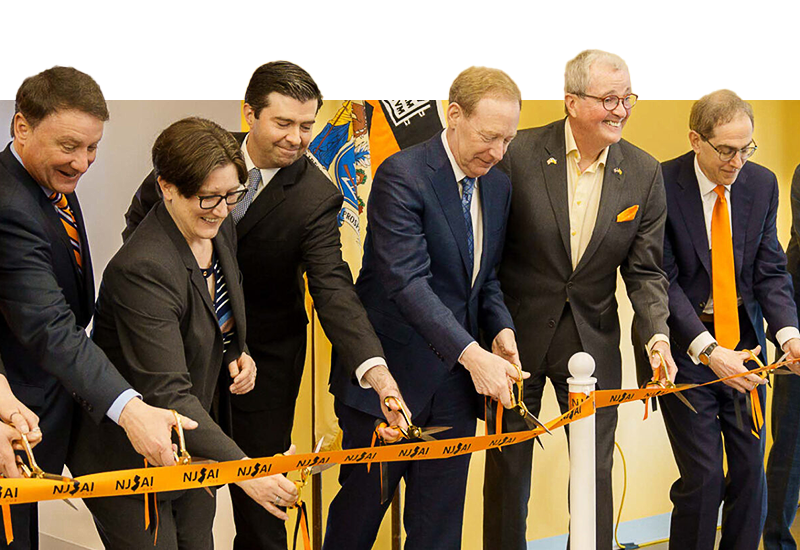
Artificial leaves, floating breakwaters and musical memories are among recipients of 2021 innovation grants
By
on
“Plants are incredible machines,” said Datta, an assistant professor of chemical and biological engineering whose research group, along with others, has investigated the use of hydrogels to purify water and help crops withstand drought. His new project focuses on tiny pores in plant leaves, called stomata, that open and close to allow plants to absorb carbon dioxide while retaining water.
“I had this idea that maybe we could try to use the hydrogels that we’ve been designing to make stomata-like things that also open and close on demand, just by leveraging hydrogel swelling and shrinking in the right way,” said Datta. “The goal of this project is to make a new class of materials that can self-regulate water fluxes, heat fluxes and gas fluxes by integrating hydrogels.”
Datta’s artificial leaf research is one of 19 projects awarded Innovation Research Grants by the School of Engineering and Applied Science in 2021.
“It could be really useful and transformative, but it’s an ambitious project,” he added. “This funding gives us the opportunity to explore this idea and obtain results that we can continue to build on.” Datta noted that a 2018 Innovation Research Grant spurred a major area of research in his lab on how bacteria move through porous media — with potential applications in medicine and environmental cleanup.
Datta’s work on artificial leaf technology is supported by the Project X Fund, which enables Princeton engineering faculty members to pursue exploratory research geared toward “creativity, tinkering and risk-taking.”
The Innovation Research Grants are funded by Princeton alumni, parents and other donors. This year’s awards, which total more than $2 million, include:
Project X Fund
This fund is made possible by G. Lynn Shostack in honor of her late husband David Gardner, a 1969 Princeton graduate. In addition to Datta’s award, other Project X grants include:
Jaime Fernández Fisac, an assistant professor of electrical and computer engineering, was awarded a grant to investigate humans dancing with robots as a case of safety-critical, dynamic human-robot interaction. The insights obtained from working on this problem will translate to other domains of robotics such as autonomous driving and industrial human-robot teams. In addition, Fisac hopes the project will spawn collaborations and inspire Princeton students across campus.
Maria Garlock, a professor of civil and environmental engineering, will examine a strategy for “floating butterfly breakwaters” to protect future coastal settlements as sea levels rise. Architects and engineers have proposed the construction of “floating cities,” large floating structures that could support housing, farms, power generation facilities and even airports. However, the feasibility of these solutions is predicated upon the enforcement of harbor tranquility, meaning calm waves within the city space. Garlock’s team will evaluate the feasibility of using thin-shelled hyperbolic paraboloid umbrellas, which would flutter like the wings of a butterfly to absorb wave energy, while keeping waters within a floating city calm for habitation.
Anirudha Majumdar, an assistant professor of mechanical and aerospace engineering, and associate professor Marcus Hultmark will exploit recent advances in flow sensing devices for turbulent airflow measurements to improve the ability of autonomous unmanned aerial vehicles, or drones, to deal with high winds and complex airflow. Nathaniel Simon, a first-year Ph.D. student co-advised by Majumdar and Hultmark, will lead the technical efforts.
Barry Rand, an associate professor of electrical and computer engineering and the Andlinger Center for Energy and the Environment, will study the layered growth of novel types of thin films for organic semiconductors, which have the potential to improve the efficiency of transistors, photovoltaics and light-emitting diodes.
Kaushik Sengupta and Alejandro Rodriguez, both associate professors of electrical and computer engineering, will explore a new approach to design complex wireless chips based on large-scale optimization techniques; related methods will be employed to derive limits on achievable functionality, such as the information and wave-transformation capacity of terahertz devices. These developments will enable realization of intelligent wireless communication and sensing systems for satellite communication, autonomous vehicles, robotics and cyberphysical systems.
Helen Shipley Hunt Fund
Made possible by Helen Shipley Hunt, who earned a master’s degree in mathematics from Princeton in 1971, this fund supports research aimed at improving human health, with a focus on applied projects.
One of this year’s grants will allow Celeste Nelson, the Wilke Family Professor in Bioengineering, to examine mechanical changes in the lung during injury and repair, using novel mouse models and cell culture systems and atomic force microscopy analysis. This work will improve understanding of acute respiratory distress syndrome, which is associated with COVID-19 and other diseases, and open new possibilities for therapies.
A second grant was awarded to Paul Prucnal, a professor of electrical and computer engineering, along with postdoctoral research associate Chaoran Huang and graduate student Eli Doris, to develop a prototype for a novel Sanitization and Air Filtration Equipment (SAFE) system that utilizes ultraviolet-C LEDs to microbiologically inactivate airborne viruses and is targeted towards public transportation environments. This system will consist of compact, high-airflow, low-noise filtration units that can be distributed throughout the cabin of a vehicle or station to afford wide-area protection from airborne viruses.
Forese, Wilke and O’Brien Family Funds
The Forese, Wilke and O’Brien families each established funds to support innovative research in human health.
One of this year’s grants will support a project led by Bernard Chazelle, the Eugene Higgins Professor of Computer Science, aimed at estimating the prevalence of asymptomatic COVID infections in the United States by harnessing techniques from epidemiology and network dynamics. His team’s model will integrate case heterogeneity and health policy variation as tunable parameters of the dynamics. They expect the techniques they develop to be applicable for any future epidemic with a sizeable fraction of asymptomatic cases.
A second grant was awarded to Howard Stone, the Donald R. Dixon ’69 and Elizabeth W. Dixon Professor of Mechanical and Aerospace Engineering, who will work with Associate Professor of Molecular Biology Sabine Petry to build on their discoveries about the assembly of the mitotic spindle that separates chromosomes during cell division. Their team will perform biochemical dissection and biophysical analysis of the spindle not possible in cells, with advanced image analysis and computational methods to derive a model for chromosome capture. The approach and results may be applied to solve problems that affect human health and disease during cell division, such as cancer.
J. Insley Blair Pyne Fund
Established in memory of physics and electrical engineering professor and Princeton graduate J. Insley Blair Pyne, this fund supports research at the intersection of engineering and neuroscience.
One of this year’s grants was awarded to Elizabeth Margulis, a professor of music, along with Benjamin Kubit, a visiting postdoctoral research associate in the Princeton Neuroscience Institute, and Kenneth Norman, the Huo Professor in Computational and Theoretical Neuroscience. They will examine the experience of musical imagery colloquially referred to as “having an earworm” or a tune “stuck in one’s head.” This research will help advance scientific understanding of the formation and maintenance of real-world knowledge in long-term memory.
A second grant will support work by Jordan Taylor, an associate professor of psychology, with postdoctoral research associates Carlo Campagnoli and Olivia Kim. They will study how to build a virtual reality (VR) technology that can better account for the user’s perceptual expectations and experience than current simulations. As first steps, they will explore how the characteristics of a virtual display convey the impression of three-dimensionality, and examine the capacity of simple tactile stimulation to fulfill people’s expectations for object-based interactions.
Science to Action Fund
The Moore Charitable Foundation’s Science to Action Fund supports research aimed at understanding and improving freshwater conservation in the United States that bridges the gap between lab work and practical solutions.
One of this year’s grants will allow Ian Bourg, an assistant professor of civil and environmental engineering and the High Meadows Environmental Institute, to address a key bottleneck to the implementation of mineral amendments to increase the carbon content of agricultural soils while limiting fertilizer runoff. Bourg’s group will conduct field experiments at the Watershed Institute in Pennington, New Jersey, aimed at quantifying mineral dissolution rates to understand the impacts of hydrology and microbiology on chemical weathering in agricultural soils.
Another grant was awarded to Peter Jaffé, the William L. Knapp ’47 Professor of Civil Engineering, and professional specialist Shan Huang, to seek fundamental insights into the cleanup of per- and polyfluoroalkyl substances, or PFAS, hazardous pollutants that are challenging to remove from the environment. Jaffé’s team will analyze soil samples from North Carolina’s Neuse River to understand how naturally occurring bacteria can defluorinated PFAS and determine how this defluorination may be enhanced.
Catherine Peters, chair and professor of civil and environmental engineering, will work with Roberto Car, the Ralph W. Dornte *31 Professor in Chemistry, to use molecular simulation to probe key hypotheses about geochemical conditions and mineral interfaces that foster removal of heavy metals from water. They will use deep potential molecular dynamics, a scheme pioneered by Car and his group; the project will be the first application of the technique to study incorporation of heavy metals into host minerals. The findings will be useful in identifying thermodynamically favorable metal-mineral combinations from which environmental remediation strategies may emerge.
James Smith, the William and Edna Macaleer Professor of Engineering and Applied Science, will lead research on extreme flood hazards from tropical cyclones in the Carolinas, addressing how rainfall and storm structure of hurricanes vary in the near-coastal environment, and how the distribution of tropical cyclone rainfall dictates the “geography” of extreme floods. The work will also examine evidence of increasing extremes of hurricane rainfall over the Carolinas, with implications for flood planning and conservation efforts.
Additional Engineering Research Funds
Additional funds for innovative engineering research include a fund supported by multiple anonymous donors, as well as the James Mi *91 Research Innovation Fund for Data Science, the Yang Family Fund and the David T. Wilkinson Innovation Fund.
The first fund was awarded to Yiguang Ju, the Robert Porter Patterson Professor of Mechanical and Aerospace Engineering, and professional specialist Andrey Starikovskiy. They plan to develop an innovative reactor to produce ammonia using renewable wind and solar electricity and low-temperature plasma with non-equilibrium catalysts and dynamic temperature control. Ammonia is a hydrogen carrier with high energy density and low transportation and storage costs. In comparison to conventional high temperature, high pressure, carbon-intensive Haber–Bosch reactors, the proposed reactor will use renewable electricity and hydrogen from water electrolysis to enable ammonia synthesis at atmospheric pressure and low temperature with zero carbon emissions.
The James Mi *91 Research Innovation Fund for Data Science will allow Assistant Professor of Computer Science Danqi Chen to build a neural interface to represent real-world knowledge that will integrate seamlessly with many knowledge-intensive natural language processing (NLP) tasks. Chen’s team plans to encode and index Wikipedia and other large collection of documents as an external knowledge source, and then retrieve relevant information from this indexed data and combine it with popular NLP frameworks. The work will provide a new paradigm for current NLP research and play a complementary role to successful language models.
The Yang and Wilkinson funds will support work by Pierre-Thomas Brun, an assistant professor of chemical and biological engineering, to develop a new methodology to form “pixelated” soft materials. The approach relies on the spreading and subsequent crosslinking of droplets to assemble discrete materials tile by tile. The proposed research aims to rationalize the fluid mechanics at play in the problem, and enable the design and assembly of highly customizable soft materials.




























